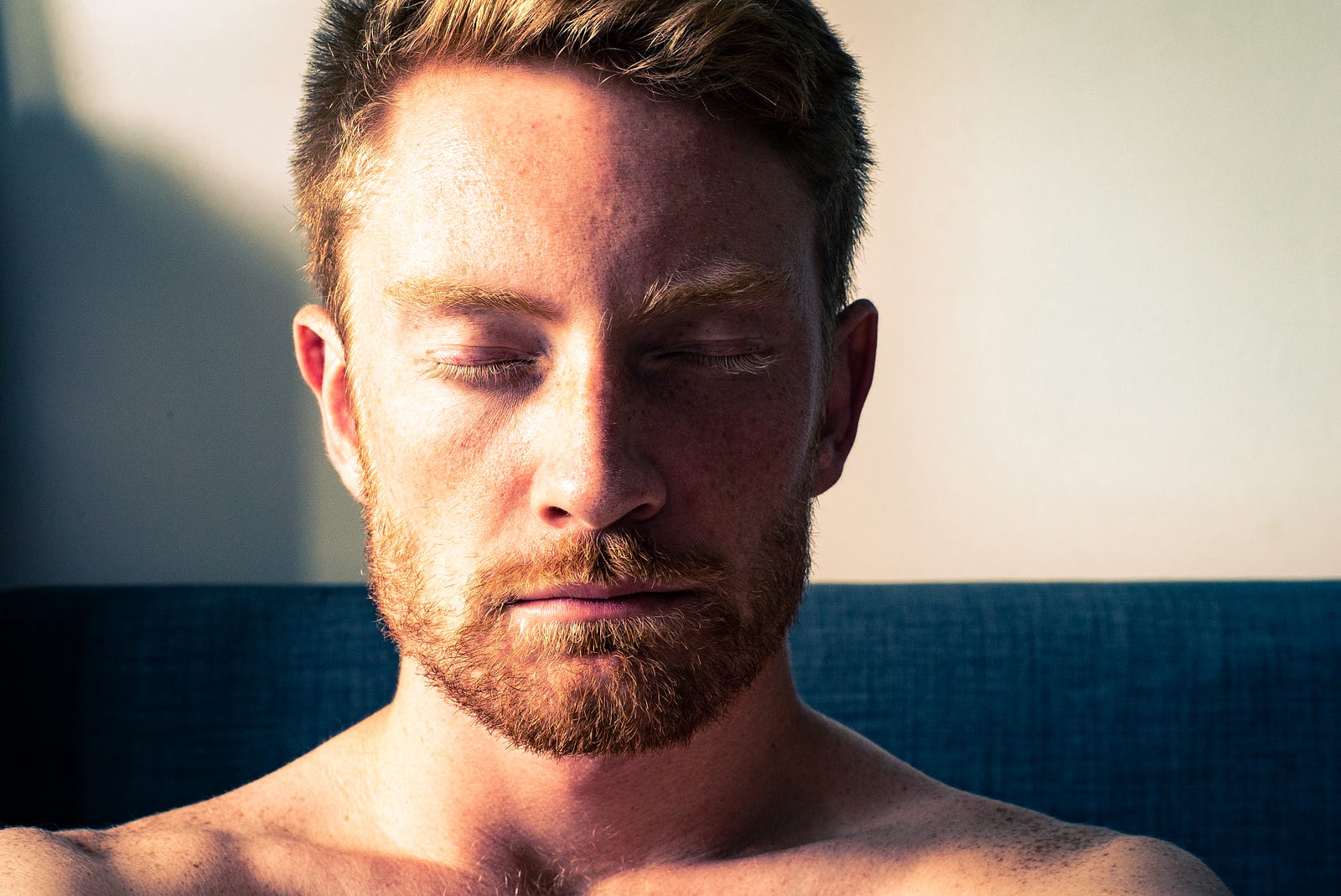
Breathing Exercises to get you started
Making proper breathing a habit can make us feel and be more prepared should a microscopic enemy try to invade your respiratory system but also it has multiple added benefits.
I use breathing exercises always during my acting coaching session to achieve deep relaxation and focus. Breathing techniques were an essential part of my training as an Actor.
The movement in yoga (moving in all possible directions with a combination of poses) helps us connect with and open all our channels of energy. The more open our channels are, the stronger our cells and organs.

Opening our energy channels increases the vital life force (prana)that flows through our body. Prana is the most crucial part of the yoga practice followed by the deep intentional breathing that couples with the poses. Deep breath removes energy. Blockages and purifies the body while increasing the flow of prana.
You can practice the breathing part of yoga without the movement if you wish.
It’s essential to become more conscious of our breathing and use it to our advantage. In the fast-moving society, we live in most people have a habit of breathing wrong; shallow, short chest breaths that trigger the body’s stress reflex exhausting our energy.
Let’s learn to breathe deeply with our whole body and make it a habit.
It Strengthens The Lungs
The total amount of air our lungs can hold is our lung capacity. This capacity and the optimal functionality of our lungs decrease as we age.
Respiratory conditions such as chronic obstructive pulmonary disease (COPD) accelerate the decrease in lung capacity which produces difficulty in breathing and shortness of breath.
During a pandemic where the Coronavirus attacks our respiratory system is an excellent time to look into the methods, we can us strengthen our lungs.
I use these exercises in yoga and during my acting classes when coaching or when rehearsing, they are excellent for stress management, mindfulness, relaxation as well increasing our lung capacity, helping keep our lungs healthy and supplying our body with the oxygen it needs for overall wellbeing.

Diaphragmatic breathing
or “belly breathing,” it engages the diaphragm. Use this technique when you are feeling relaxed.
Exercise:
- Relax your shoulders and sit back or lie down.
- Place one hand on your belly and one on your chest.
- Inhale through your nose for two seconds, feeling the air move into your abdomen and feeling your stomach move out.
- Breathe out for two seconds through pursed lips while pressing on your abdomen.
- Repeat.
As you learn to do the exercise gradually increase the count for up to eight counts.Photo by Motoki Tonn on Unsplash
Pursed lip breathing
This technique helps you slow down your pace of breathing by making you apply conscious effort in each breath. You might find this technique is most useful during activities such as stair climbing, bending or lifting.
Exercise:
- Relax your neck and shoulders.
- Keeping your mouth closed, inhale slowly through your nose for two counts.
- Pucker or purse your lips as though you were going to whistle.
- Exhale slowly by blowing air through your pursed lips for a count of four.
Diaphragmatic breathing. Method 2 without counting
Exercise:
1. Lie on your back with your knees slightly bent and your head on a pillow.
2. You may place a pillow under your knees for support.
3. Place one hand on your upper chest and one hand below your rib cage, allowing you to feel the movement of your diaphragm.
4. Slowly inhale through your nose, feeling your stomach pressing into your hand.
5. Keep your other hand as still as possible.
6. Exhale using pursed lips as you tighten your stomach muscles, keeping your upper hand entirely still.
If you wish to place a book on your abdomen to increase the intensity of the exercise. When you master belly breathing lying down, you can increase the difficulty by doing it sitting on a chair. Gradually move into the habit of doing the exercise while performing your daily activities.
Breath focus technique
In our acting workshops and coaching sessions, we often use imagery or focus words and phrases while performing this exercise. Choose a focus word that you like or one that is neutral. Anything that will help you focus and feel at ease. Such as “relax” “breath” “smile” “peace” “Om.”
Exercise
- Sit or lie down in a comfortable place.
- Bring your awareness to your breathing
- Alternate between regular and deep breaths 4–6 times. Notice any differences between normal breathing and deep breathing. Notice how your abdomen expands with deep inhalations.
- Note how shallow breathing feels compared to a deep breath.
- Practice your deep breathing for a few minutes.
- Place one hand below your belly button, keeping your belly relaxed, and notice how it rises with each inhaling and falls with each exhaling.
- Let out a loud sigh or “Ah” sound with each exhale.
You can practice breath focus by combining this deep breathing with imagery and a focus word or phrase that will support relaxation. For instance, if your word is “peace” maintain a picture in your mind of something that represents peace. Imagine that the air you inhale allows you to swim in a sea of peace. Then say, in your mind “Inhaling peace.” Visualise the air you exhale washing away tension and anxiety. You can say to yourself, “Exhaling tension and anxiety.”

Lion’s breath
Lion’s breath is an energising yoga breathing practice that relieves tension in your chest and face.
Exercise
- Come into a comfortable seated position. You can sit on a chair or on if on the floor you can sit back on your heels or cross your legs.
- Press your palms against your knees with your fingers spread wide.
- Inhale deeply through your nose and open your eyes wide.
- At the same time, open your mouth wide and stick out your tongue, bringing the tip down toward your chin.
- Contract the muscles at the front of your throat as you exhale out through your mouth by making a long “ha” sound.
- You can turn your gaze to look at the space between your eyebrows or the tip of your nose.
- Do this breath 2 to 3 times.
Alternate nostril breathing
Alternate nostril breathing, also known as Nadi Shodhana pranayama in Sanskrit, is an optimal practice for relaxation. It enhances cardiovascular function and lowers heart rate. Practice this technique on an empty stomach when possible. Avoid this exercise if you’re feeling unwell or congested. Ensure that your breath is smooth and even throughout the practice.
Exercise
- Choose a comfortable seated position.
- Lift your right hand toward your nose, pressing your first and middle fingers down toward your palm and leaving your other fingers extended.
- After an exhale, use your right thumb to close your right nostril gently.
- Inhale through your left nostril and then close your left nostril with your right pinky and ring fingers.
- Release your thumb and exhale out through your right nostril.
- Inhale through your right nostril and then close this nostril.
- Release your fingers to open your left nostril and exhale through this side.
- This will be one cycle.
- Continue this breathing pattern for up to 5 minutes.
- Finish your session with an exhale on the left side.
Equal Breathing. Sama Vritti in Sanskrit
This breathing technique focuses on making your inhales and exhales the same length. Breathing smoothly and steadily helps bring about balance and serenity. Your breathing can be between 3 and 5 counts. When you have mastered this technique while sitting, you can then practice it during yoga movement and throughout your day.
Exercise:
- Choose a comfortable seated position.
- Breathe in and out through your nose.
- Count during each inhale and exhale to make sure they are even in duration.
- Alternatively, choose a word or short phrase to repeat during each inhale and exhale.
- You can add a slight pause or breath retention after each inhaling and exhaling.
- Continue practising this breath for five minutes or more.
Resonant breathing
Also known as coherent breathing. To perform it, you breathe at a rate of five full breaths per minute. You achieve this rate by inhaling and exhaling for a count of five. Breathing at this rate maximises your heart rate variability (HRV), reduces stress, and, a study shows that it can reduce symptoms of depression when combined with Iyengar yoga.
Exercise :
- Inhale for a count of five.
- Exhale for a count of five.
- Continue this breathing pattern for at least a few minutes.
Sitali breath
This practice helps you lower your body temperature and relax your mind. Slightly extend your breath in length but don’t force it. Given that you inhale through your mouth during Sitali breath, chose a place where the air is reasonably clean to practice.
Exercise:
- Choose a comfortable seated position.
- Stick out your tongue and curl your tongue to bring the outer edges together.
- If your tongue doesn’t do this, you can purse your lips.
- Inhale through your mouth.
- Exhale out through your nose.
- Continue breathing like this for up to five minutes.
Deep Breathing
This technique helps to relieve shortness of breath as it prevents air from getting trapped in your lungs, and it helps you to breathe in the more fresh air. It can help you to feel relaxed and centred.
Exercise:
- While standing or sitting, draw your elbows back slightly to allow your chest to expand.
- Take a deep inhalation through your nose.
- Retain your breath for a count of five.
- Slowly release your breath by exhaling through your nose.
Humming Bee Breath
The sensation produced by this yoga breathing practice is unique and it helps to create instant calm and soothing around your forehead. Use the humming bee breath to relieve frustration, anxiety, or anger.
Exercise:
- Choose a comfortable seated position.
2. Close your eyes and relax the muscles of your face.
3. Place your first fingers on the tragus cartilage that partially covers your ear canal.
4. Inhale, and as you exhale, gently press your fingers into the cartilage.
6. Keeping your mouth closed, make a loud, humming sound.
7. Continue for as long as is comfortable.
Ways to introduce these techniques into our daily lives
. Put aside as little of 5 minutes at a time to focus on your breathing. It’s a start. If you will 5 minutes is too much set aside 2 minutes.
. Make it a part of your morning or evening routine.
. Consciously notice your breathing from time to time during the day while you are engaged in passive activities like washing the dishes, or hoovering.
. Stick to the Exercises that you enjoy most.
. Always accompany your yoga practice with deep breathing.
Deep breathing helps us open to feeling more emotion and tune in with our bodies. Breathing deeply while practising yoga movement helps us avoid injury.
Deep breathing allows us to experience a greater sense of self to be more present and mindful. The flow of breath stimulates the transformation of the body and the mind, purifying and cleansing our being. Circulation increases, hormonal balance is cultivated, the organs regenerate, and the nervous system is left in better shape.
Deep breathing will not only strengthen your lungs, but it also unifies body, mind and soul. It connects consciousness with unconsciousness.

